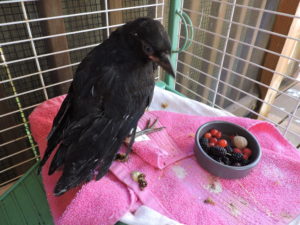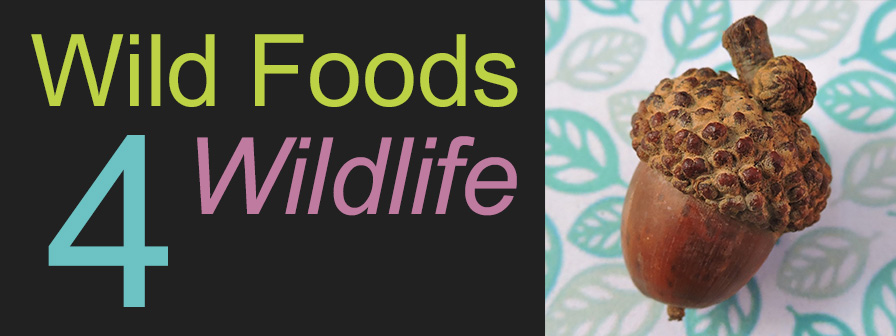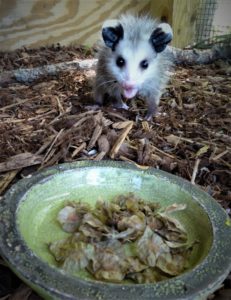
Common Names
Plants have many local common names. What common name I chose to use for this site is based largely on the listings in the Flora of Virginia or the USDA Plants website . Some of the primary sources used to build this site did not specify botanical (Latin) names of the plants, so some sleuthing on my part figured out which plant genera were being referenced. In all but a few cases, I could determine which plant genus or species was indicated, but there are a couple of exceptions: ferns, wild millet and bulrush. Read on for more info about those.
I have presented a common name as “dogwood, red-osier” with a comma between the two, which means the genus common name is “dogwood” and “red-osier” is the species of dogwood.
Botanical Names
As has been discussed elsewhere on this website, multiple species of plants from the same genus can act as wildlife foods for the animals listed. Some materials listed plants only to the genus level. Spp. means “species plural.” For example, Acer spp. means “maple, species plural” meaning that any species of maple can be fed to the animal listed.
But sometimes the references did name a specific individual species, such as Acer rubra (red maple) to be eaten by white-footed mice. You might infer that if a white-footed mouse eats red maple seeds, maybe she would also like to eat silver maple seeds! From a safety point of view, I have tried to indicate the worst warnings for the worst plant(s) species in the genus so if you switch out a different species or just get your identification wrong for the species, it will not be any more dangerous than the warning I have given. Whether or not white-footed mice like silver maple seed is something you can discover! But do read the tab on “Foraging Safety.”
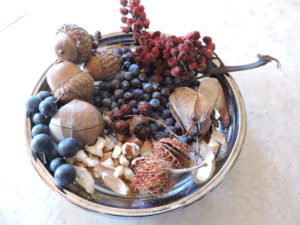
Plant Names & Taxonomy
Viola canadensis, “Viola” is the genus name for violet and “canadensis” is the species name indicating that this is a Canadian violet and not a sweet violet (Viola odorata). So, here are some of Virginia’s many species of violets:
| Some Virginia Viola species |
| V. affinis |
| V. arvensis |
| V. bicolor |
| V. blanda |
| V. bicolor |
| V. blanda |
| V. brittoniana |
| V. canadensis |
The Linnaean system of taxonomy classifies plants in ever increasing levels of specificity to identify and compare shared characteristics. You may have learned a saying in biology class to help you remember the order of the taxonomic groupings? Keep Pond Clean Or Froggie Gets Too Sick. Or maybe you learned another one, King Peter Came Over For Good Soup. Whatever works to help you remember! The order is:
- Kingdom
- Phylum
- Class
- Order
- Family
- Genus
- (Tribe) not always present
- Species
In monographs on this site, I list only the bottom four: family, genus, tribe (when applicable) and species. For each monograph, relevant information about the family is included so you can get a wider picture of the common features and relationships that plant has to its other close relatives in Virginia. So if an opossum eats nannyberries—one of the viburnum species— we can say that it would be safe for that opossum to eat any of the other species of viburnums except where noted.
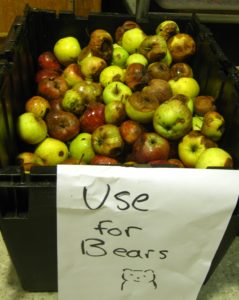
Plant Parts Used
The following plant parts and terms as food are listed or defined as follows:
- Algae
- Aquatic greens- the leaves, and stems of plants that grow in or at edges of marshes, ponds or lakes
- Browse/bark- the combination of green leaves and small twigs, and in some cases bark
- Flower Petals/ Catkins/ Buds
- Forage- the above ground green stems, leaves, flowers, seeds of plants that are eaten in whole by a grazing animal and sometimes unintentionally included in hay bales
- Fruits- soft mast, pulpy, fleshy that contains seeds
- Greens- the leaves, non-woody stems, above-ground parts, also referred to as forage when eaten in whole by grazers
- Mast- can be hard mast (nuts) or soft mast (fruits)
- Nuts- hard mast
- Roots/tubers/corms-the underground parts of plants
- Seeds
If I was unsure which plant parts the reference materials meant or if I was unfamiliar with the plant and did not feel confident inferring, I listed it as “parts unspecified.” The reader will have to research further or figure out contextually what might be appropriate for the species listed.
